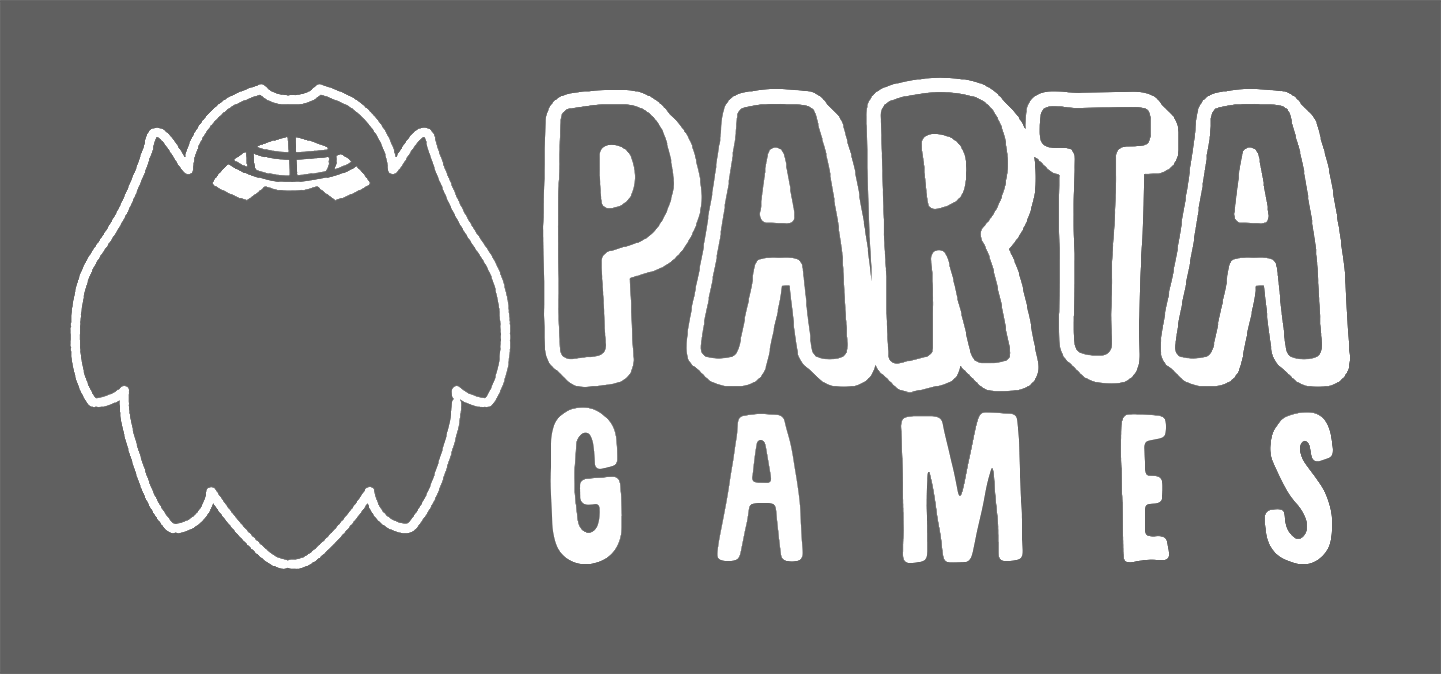IGDA Finland Turku Hub November Gathering with LudiCreations
/This November the Turku Hub went analog with Iraklis from LudiCreations, who gave the developers of digital games a glimpse to a slightly different world: that of board game development and publishing. When Finnish people think of board games, the first one that probably pops to the mind is Afrikan Tähti, whereas in the English-speaking world the stereotypical board game might be Monopoly.
Board gaming has come a long way in the last couple of decades. “You might be surprised to hear this, but Monopoly is a horrible game”, told Iraklis. “Four people start the game, but after a while two of them drop out and just sit and watch the two chase each other around the board.” The renaissance of board games started in 1995 with the publication of Settlers of Catan. According to Iraklis modern board games aim to give players agency, interesting choices and interesting experiences around the table, not just luck-based die rolling like in Chutes and Ladders – an old game from India that was originally designed to teach the players about the inevitability of fate. Instead of competing with each other, in many modern games the players co-operate, either by trying to overcome a common obstacle, or building something together.
According to Iraklis the latest big thing in board games is a so-called Legacy phenomenon, where the actual game will change permanently according to how it is played. This can mean that the players are supposed to tear apart a card when the rules tell them so, write on the game board or add stickers there, or change the rules of the game in some way. The end result is a game board and state which can be unique from other groups. The problem with Legacy games is to find a stable group to play them with.
Some things in designing and publishing board games sound familiar to people working in the digital games, such as the role of licenced games and the problems around them. There is a history with licensed board games that are badly slapped together. License holders can be very protective of their IP, and they are more concerned with the look and feel of the game instead of the mechanics. As a result there is a certain amount of preconception with licensed board games being bad, which is familiar from video games.
Ideally creating and publishing a board game is not a solitary job, but like video games it requires a talented team – a publisher, a game designer, an illustrator and a graphic designer, rule designers, proof readers, production manager and a team of playtesters. A board game should go through at least a hundred blind playtests, which means a test where the publisher or designer is not present.
Unlike in video games, where the unfortunate norm is to publish a buggy game and patch it post release, board games should be thoroughly tested. Are half-baked games published in the board games business? “More than I’d like to admit”, was Iraklis’ reply. The games are becoming more visual and the players pay more attention to art than the mechanics. A certain amount of “we’ll fix it in the expansion” attitude is creeping in.
Although board gaming is living a new heyday, Iraklis still describes it as a minuscule business compared to digital games, and Finland as a minor business area. Most of the big business comes from Germany and United States, which also applies to the designers. Iraklis describes the designer and publisher community as a small and tightly knit one, where everybody knows each other, what they have published and done. There is perhaps ten people in the world who make their living off designing board games. As a company LudiCreations has published ten games, three of which have had a Finnish designer. The minimum print of a game is 1000 copies, and one that sells more than 5000 is a hit. This doesn’t mean that board games are just a curiosity, since for example in Germany there are board game reviews in newspapers next to movie reviews, and according to Iraklis there are weekly events where 100-200 people gather to play.
How about tips for an aspiring board game designer? “Look, if you really love board gaming, my advice is not to do this, seriously”, said Iraklis with a smile. “Every year I’ve been publishing is I’ve been playing less and less. One reason I’m not developing is that I’d have to play the same game again an again, and it gets very boring. Why to do it? When everything else is gone, 300 years in the future everyone is still enjoying your game. It’s a creative pursuit with so many facets - how the game is created, distributed, and so forth. I love board games and bringing them to people. I’m surrounded by very, very talented people who help me bring the games to the people and see them enjoy them. It’s definitely not the money, but then again board games are a low risk, low reward pursuit.”
What other learnings are there to take home from board games to the digital side of the fence? “There’s the saying that if you can design a good board game, you can design a good digital game, and that’s absolutely true. The effort that goes into balancing and designing a single board game is incomparable to designing an average digital game.”
After Iraklis’ excellent presentation the 30-odd people enjoying the evening at Hunter’s Inn had the chance to try out a selection of new and old board games.




















































